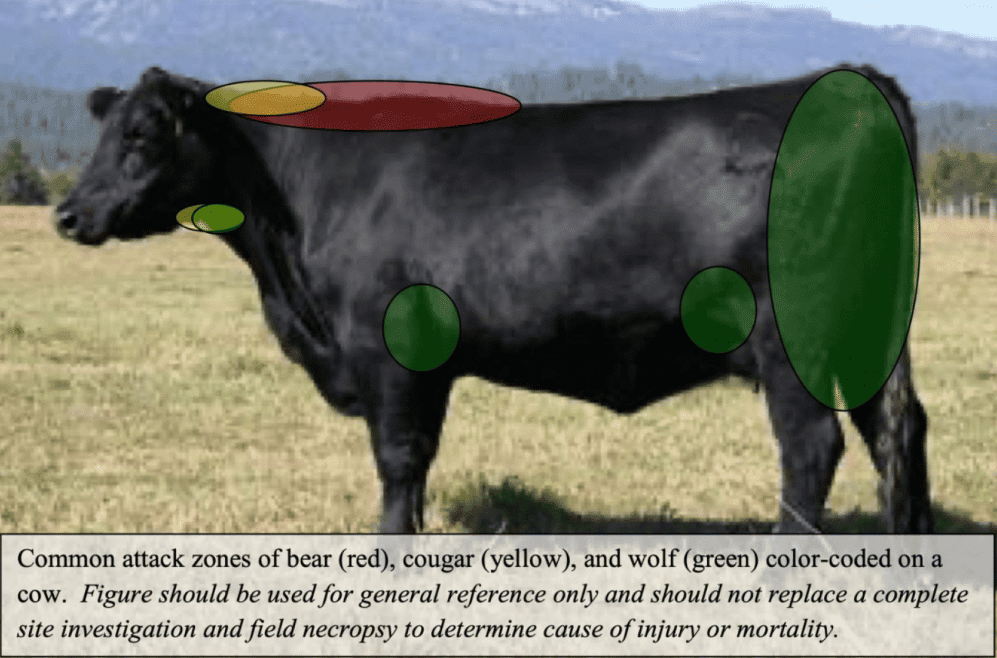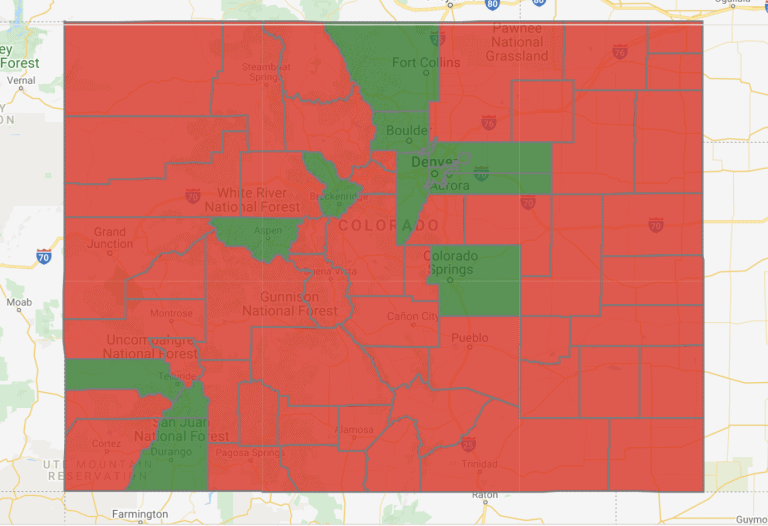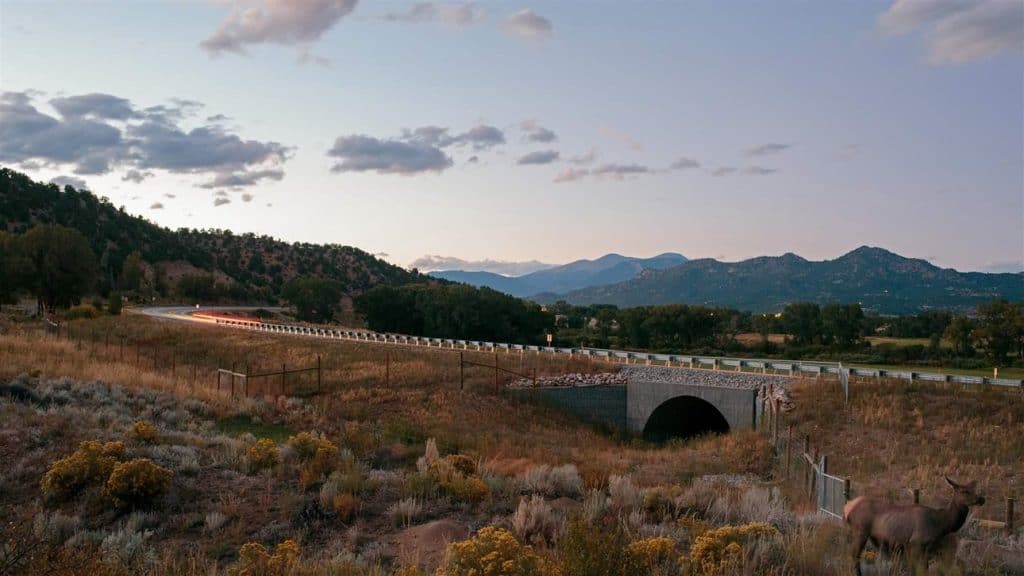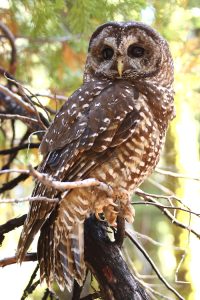
Best headline.. goes to the Cowboy State Daily for
Hogpocalypse Now? Feral Swine In Colorado, Montana Could Bode Badly For Wyoming
Hordes of hogs running wild across Wyoming aren’t likely anytime soon, some hunters and wildlife agents said, but feral pigs reaching the Cowboy State could be inevitable.
There have already been reports of feral swine showing up in Colorado, North Dakota and Utah, and there’s serious concern over them pushing south from Canada into Montana.
Perhaps worse, people sometimes deliberately transplant feral hogs, apparently because they want the opportunity to make money by offering “canned” hog hunts, Montana’s state veterinarian, Martin Zaluski told Cowboy State Daily.
“Much of the spread of feral hogs has been in stock trailers being pulled down highways at 80 miles per hour,” he said.
********************
As a special treat for our TSW Montana residents… here’s a Livingston, Montana resident (Walter Kirn) getting grumpy ( in a good writer way) about a recent New York Times Magazine story…
Walter: There always has to be a center of evil in the United States, right? For a while, it was northern Idaho, like you say, which did genuinely have some Christian white supremacist compounds as it were. But so now I guess it’s Montana’s turn in the stocks. But more than that, I think the piece was a lifestyle piece gone wrong. Everything about it was exotic. Even if I were Marxist, I’d want to move to Montana after I read this piece. It looked unreconstructed and wild and full of characters and conflict and so on….
The funny thing is that having lived there for 32 years, this is now about the third cycle of ‘Montana as militia threat’ that I’ve watched in the press. In the nineties around the time of the Oklahoma City bombing, there was something called the Patriot movement and the militia movement. And it was usually located in Montana because, for readers of the New York Times, you can pretty much set any scary trend in Montana without anyone checking on it. It’s harder nowadays because there are direct flights to Bozeman and there didn’t use to be…
Walter: But accompanying the text of this piece, and even more damning in the eyes of the person who knows nothing about Montana, were a bunch of photographs that were absolutely completely manipulated and filtered in the way of like dystopian campaign ads. They put dark filtering on them, and they showed things like some kind of a Republican meeting in a hotel ballroom or something, but filtered so as to look like some satanic pageant.
Here’s a link to the discussion with Walter and Matt Taibi on Substack. It might be behind a paywall.
*******************
Another interesting article on the White Oak Initiative and how they need openings for seedlings to get started:
But the intensity of land use a century or two ago tipped the balance too far. “Back then, we did wide-scale burning on purpose or accident. We abused the system with practices we don’t think [are] appropriate now,” says Stringer. That realization led to policies that introduced decades of fire suppression, such that shade-loving trees have enveloped the undergrowth again. Add in pests and invasive plants encouraged by climate change, and baby oaks don’t stand a chance.
But controlling invasive species and pests, and cutting to provide light to the understory, takes commitment and resources many forest owners don’t have. “Missouri’s forest cover is 15 million acres, and 12 million acres are privately owned. Only 10 percent of that is being actively tended to,” notes Missouri State Forestry specialist Hank Stelzer. “Landowners have the attitude, ‘If it’s green, it’s good.’ So the forest is like an unweeded garden, and we know what happens when you neglect a garden. You don’t get large tomatoes; you get insects and disease. We see the same thing in woodlands. We don’t get the quality white oaks or those that can sustain climate change.”
********************
Decarbonization Corner
Following the Money- Climate Edition
(note there are many things that people can do or fund about decarbonizing, from concrete to nuclear to hydro to geothermal; this focuses on anti-fossil fuels and pro- wind and solar.)
I find ENGO’s interesting and where the $ come from, and to what specific ends.
Robert Bryce apparently had the patience and the facility to look into climate related ones.. which relates to our federal lands issues in that, for example, “rapid scaling” and “stopping the expansion of fossil fuel infrastructure.”
Given that other ENGO’s are likely to litigate some of the rapid scaling (but will be with the big $ on the “stopping the expansion”), it would be interesting to see (if we could, but I don’t think we can) what this money will be used for.
******************
Building Things, McKibben on the IRA
Bill McKibben in this New Yorker article which is generally interesting.. talks about rural people being influenced by outside (bad, fossil fuel) groups.
The same kind of manufactured opposition is shaping up on land. For many years, surveys found that solar energy was incredibly popular across political groups—Republicans, independents, and Democrats all favored far more public support for photovoltaics. But front groups sponsored by the fossil-fuel industry have begun sponsoring efforts to spread misinformation, crisscrossing the country with slide shows claiming that wind turbines routinely catch on fire, or lower property values, and that solar farms shed toxic chemicals into the water supply. “There’s always been some run-of-the-mill nimbyism,” Norris, the North Carolina solar developer, said. “But there’s an increasingly organized opposition effort.”
So.. I’ve actually attended public meetings on these things and I didn’t see any sign of “front groups”. Maybe the difference is that it seems like a good idea. until it industrializes your landscape. And we were told industrialized landscapes were bad and to be resisted, until now. Notice how concern for the environment is now NIMBYism and even “the culture wars”. I don’t know the answer, but more listening, and less critiquing might be a start. And if our neighbors, protecting what they see as their environment, become the key to the “climate crisis slipping irretrievably out of control” then perhaps someone has bet on the wrong decarbonization horse.
Based on the way that project approvals work, it’s going to come down to a county-by-county basis,” Norris told me. “I thought solar energy was insulated from the culture wars until relatively recently, but it’s getting worrying.” Nationally, Billy Parish said, “We used to be able to say solar polled in the low nineties for popularity. But I think that’s probably begun to trail off a bit, become a little more polarized. It’s still very popular, but there’s definitely slippage.” And that slippage could mean a thousand different fights, each one delaying change past the point where the climate crisis slips irretrievably out of control. “Thanks to the I.R.A., money is not the chief obstacle,” Gillis said. “What Congress did was change the economics of the technologies we’re talking about. But what they did not do was remove all the other barriers slowing us down. Really, economics was the tailwind for renewables already. It just got better with the I.R.A. But the other friction remains.”









